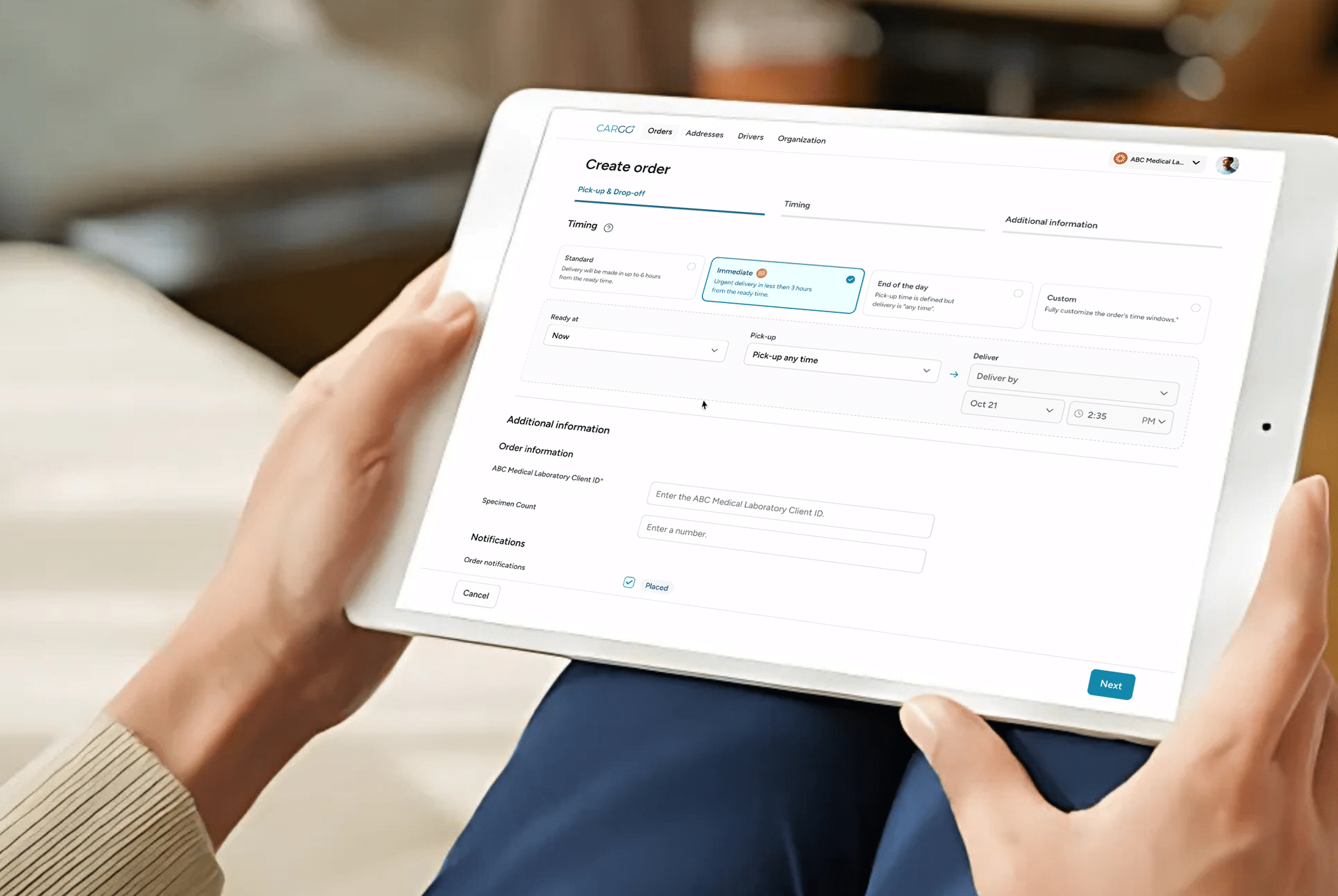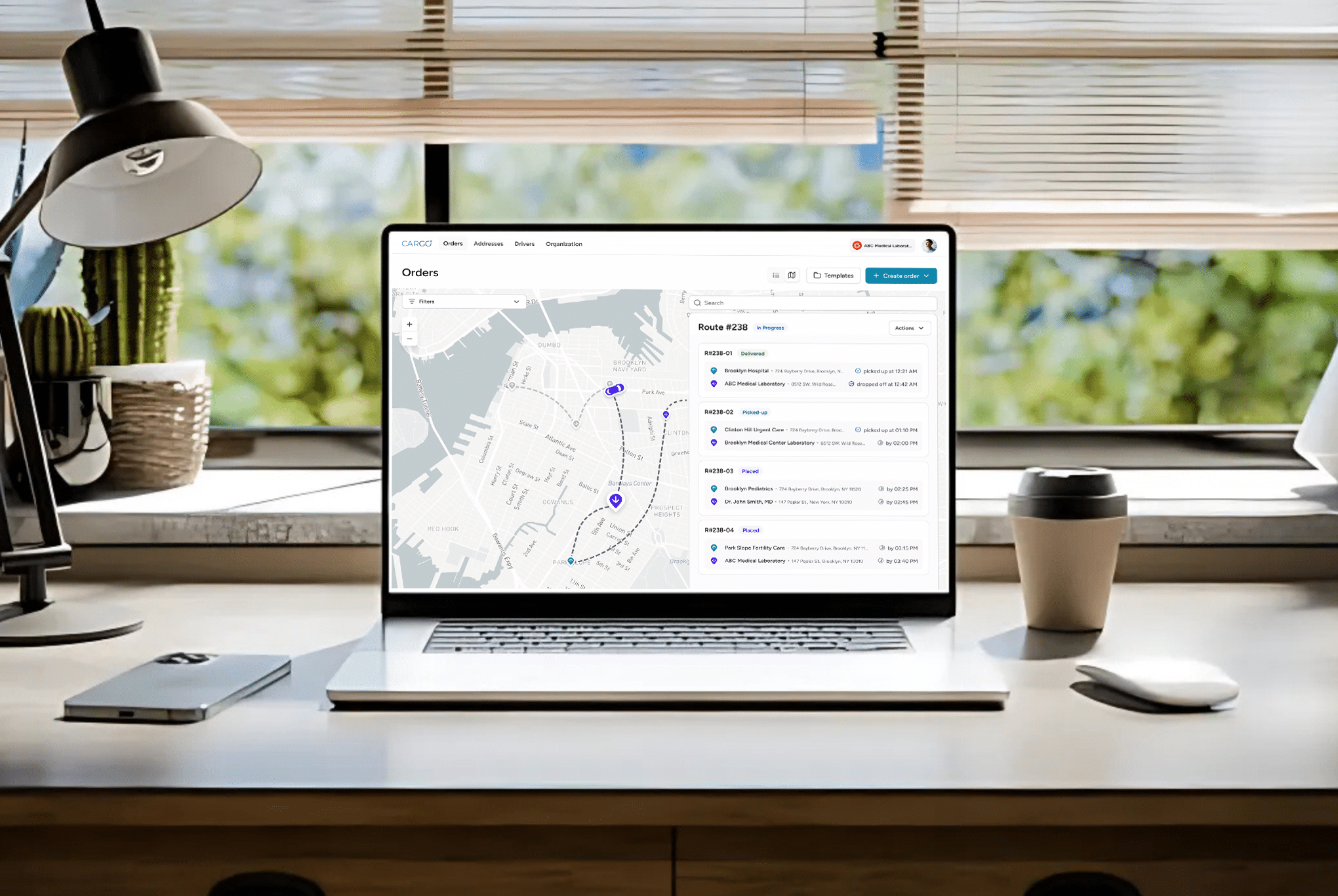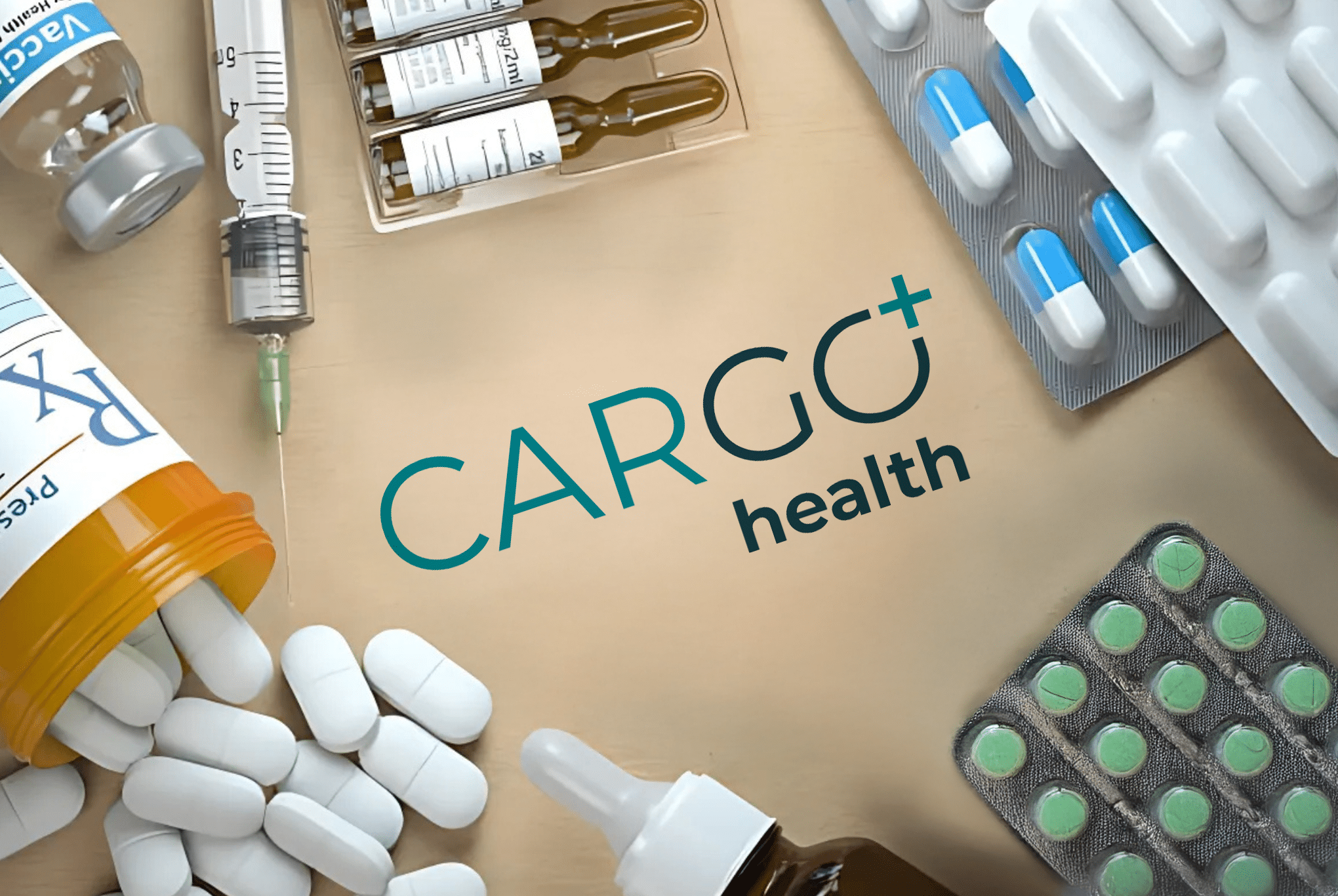On-Demand vs. Scheduled Medical Deliveries: Which One Fits Your Needs?

In healthcare logistics, timely and efficient delivery of medical supplies can be a critical factor in patient care and operational success. Medical deliveries must meet strict time, safety, and compliance standards. Two common delivery models—on-demand and scheduled—cater to different needs, offering distinct benefits and challenges. Understanding how each works can help healthcare providers, pharmacies, and laboratories optimize logistics and improve outcomes.

The Case for On-Demand Medical Deliveries
On-demand medical deliveries are designed for urgent, time-sensitive situations. These services prioritize speed and adaptability, making them ideal for emergencies and unforeseen needs.
Advantages of On-Demand Deliveries:
- Rapid Response: Ideal for emergency cases like delivering blood products, organs, or critical medications within hours.
- High Flexibility: Supports healthcare facilities in managing unexpected demands and reducing the risk of inventory shortages.
- Minimal Storage Dependence: Avoids the cost and space constraints of stocking excess inventory by delivering items as needed.
Considerations for On-Demand:
- Cost: On-demand services are generally more expensive due to the premium placed on speed and availability.
- Operational Complexity: Requires a well-coordinated network of couriers to ensure consistent reliability.
- Risk of Inconsistency: Depending on geographic coverage and volume, availability may vary.
The Structure of Scheduled Medical Deliveries
Scheduled medical deliveries operate on a pre-arranged timeline, ensuring consistency and predictability. They are commonly used for routine deliveries of lab specimens, pharmaceuticals, and medical supplies.
Benefits of Scheduled Deliveries:
- Cost-Effective: Lower per-delivery cost compared to on-demand services due to pre-planned routes and optimized logistics.
- Predictability: Reduces uncertainty in supply chain management and ensures that routine medical needs are consistently met.
- Scalable: Supports high-volume needs with greater efficiency, especially for recurring deliveries like dialysis supplies or prescription medications.
Limitations of Scheduled Deliveries:
- Less Responsive to Emergencies: Not suitable for urgent or unexpected needs due to fixed schedules.
- Potential for Waste: Missed delivery windows can lead to spoiled or unusable medical products, especially with temperature-sensitive items.
Choosing the Right Model for Your Needs
The decision between on-demand and scheduled medical deliveries largely depends on your organization’s priorities and operational requirements. Here are some key considerations:
- Nature of Deliveries: Emergency services, organ transport, or STAT lab results typically require on-demand delivery, while routine specimen transport or long-term care supplies fit well with scheduled services.
- Budget and Frequency: If your organization manages high-volume, predictable needs, scheduled delivery can help control costs. Conversely, for sporadic or critical deliveries, on-demand offers the necessary flexibility.
- Compliance and Safety: Both models must adhere to regulatory requirements for handling medical goods, particularly when transporting temperature-sensitive or hazardous materials. Ensure that your logistics provider has the proper certifications and protocols.
Leveraging Technology for Seamless Medical Logistics
Advanced logistics technology can bridge the gap between on-demand and scheduled deliveries by offering real-time tracking, route optimization, and automated scheduling. Integrated systems help healthcare organizations better manage their supply chains and respond to changing needs without compromising efficiency or compliance.
Final Thoughts
Choosing between on-demand and scheduled medical deliveries requires a careful analysis of your organization’s logistics needs, urgency, and budget. While both models serve critical roles in the healthcare supply chain, finding the right balance between speed, reliability, and cost can significantly improve patient care and operational efficiency. Partnering with a reliable medical courier service that offers both delivery options ensures you’re prepared for any scenario, from routine supply drops to life-saving emergencies.








